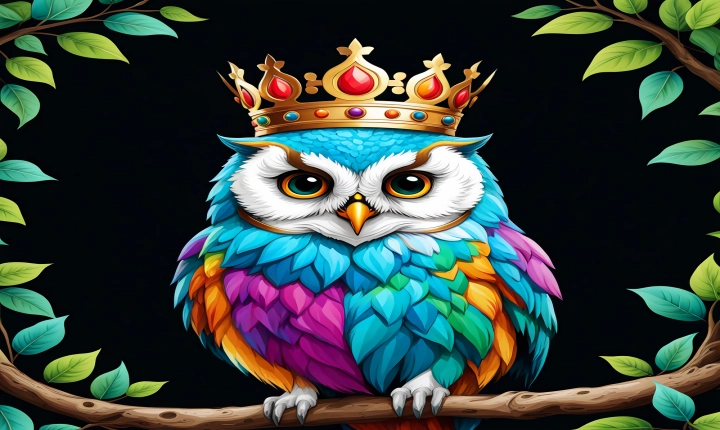Title: How to Create AI-Generated Art: A Guide for Artists and Enthusiasts
Introduction
In recent years, artificial intelligence (AI) has made significant strides in the realm of art and creativity. With the development of sophisticated algorithms and neural networks, AI has become a powerful tool for generating stunning and unique pieces of art. Whether you’re a seasoned artist looking to explore new creative avenues or an enthusiast curious about the intersection of technology and creativity, creating AI-generated art can be an exciting and rewarding endeavor. In this article, we will explore the steps and techniques for making AI-generated art.
Understanding AI Art Generation
Before delving into the process of creating AI-generated art, it’s essential to understand the underlying technology. AI art generation typically involves the use of Generative Adversarial Networks (GANs) or other types of neural networks. These algorithms analyze large datasets of images, learn patterns, and then generate new, original images based on this learned knowledge. Through this process, AI can create art that ranges from abstract compositions to realistic landscapes, portraits, and more.
Step 1: Choosing the Right Tools and Software
To get started with creating AI-generated art, you’ll need the appropriate tools and software. There are various platforms and software options available that cater to different skill levels and interests. Some popular choices include RunwayML, DeepDream, Artbreeder, and Google’s DeepDreamGenerator. These platforms offer user-friendly interfaces and a range of features for generating, editing, and manipulating AI-generated art.
Step 2: Exploring Different Techniques and Styles
Once you have selected your preferred tool or software, it’s time to explore different techniques and styles of AI-generated art. Experiment with various parameters, such as styles, color palettes, and brush strokes, to create unique and imaginative compositions. Many platforms also allow users to blend and mix different art styles, enabling a high degree of customization and artistic expression.
Step 3: Leveraging AI for Inspiration and Collaboration
AI can also be utilized as a source of inspiration and collaboration for artists. By using AI to generate initial images or concept art, artists can then modify and refine these pieces according to their vision and style. Additionally, AI-generated art can serve as a foundation for collaborative projects, where artists work in tandem with AI systems to co-create compelling artworks.
Step 4: Integrating AI-Generated Art into Traditional Art Practices
While AI-generated art presents exciting possibilities, it’s important to consider how it can be integrated into traditional art practices. Artists can experiment with incorporating AI-generated elements into their traditional artwork, thus blending technology and human creativity. This fusion can result in captivating pieces that bridge the gap between contemporary art and emerging technologies.
Step 5: Reflecting on the Ethical Implications of AI Art
As AI continues to evolve and play a significant role in art creation, it’s crucial to reflect on the ethical implications of AI-generated art. Considerations such as authorship, intellectual property rights, and the potential impact on traditional art markets are all important topics for discussion. Artists and enthusiasts should engage in dialogue and ethical reflection to ensure responsible and respectful use of AI in the art-making process.
Conclusion
Creating AI-generated art offers a compelling and innovative approach to artistic expression. By leveraging the capabilities of AI algorithms, artists and enthusiasts can explore new frontiers of creativity, experimentation, and collaboration. As AI technologies continue to advance, the realms of art and technology will undoubtedly converge further, opening up new avenues for artistic exploration. Embracing AI-generated art as a tool for expression and inspiration can lead to exciting developments and a fresh perspective on the possibilities of the creative process.
